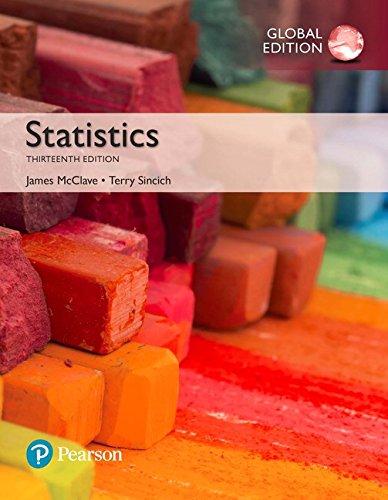Self-managed work teams and family life. To improve quality, productivity, and timeliness, more and more American industries
Question:
Self-managed work teams and family life. To improve quality, productivity, and timeliness, more and more American industries are utilizing self-managed work teams (SMWTs).
A team typically consists of 5 to 15 workers who are collectively responsible for making decisions and performing all tasks related to a particular project. Researchers L. Stanley- LO3 Stevens (Tarleton State University), D. E. Yeatts, and R. R. Seward (both from the University of North Texas)
investigated the connection between SMWTs, work characteristics, and workers’ perceptions of positive spillover into family life (Quality Management Journal, Summer 1995).
Survey data were collected from 114 AT&T employees who worked on 1 of 15 SMWTs at an AT&T technical division.
The workers were divided into two groups: (1) those who reported a positive spillover of work skills to family life and (2) those who did not report any such positive work spillover. The two groups were compared on a variety of job and demographic characteristics, several of which are shown in the table (next column). All but the demographic characteristics were measured on a seven-point scale, ranging from 1 = “strongly disagree” to 7 = “strongly agree”;
thus, the larger the number, the more the characteristic was indicated. The file named SMWT includes the values of the variables listed in the table for each of the 114 survey participants. The researchers’ objectives were to compare the two groups of workers on each characteristic. In particular, they wanted to know which job-related characteristics are most highly associated with positive work spillover.
Conduct a complete analysis of the data for the researchers.
Characteristic Variable Information Flow Use of creative ideas (seven-point scale)
Information Flow Utilization of information (seven-point scale)
Decision Making Participation in decisions regarding personnel matters (seven-point scale)
Job Good use of skills (seven-point scale)
Job Task identity (seven-point scale)
Demographic Age (years)
Demographic Education (years)
Demographic Gender (male or female)
Comparison Group (positive spillover or no spillover)
Step by Step Answer:






